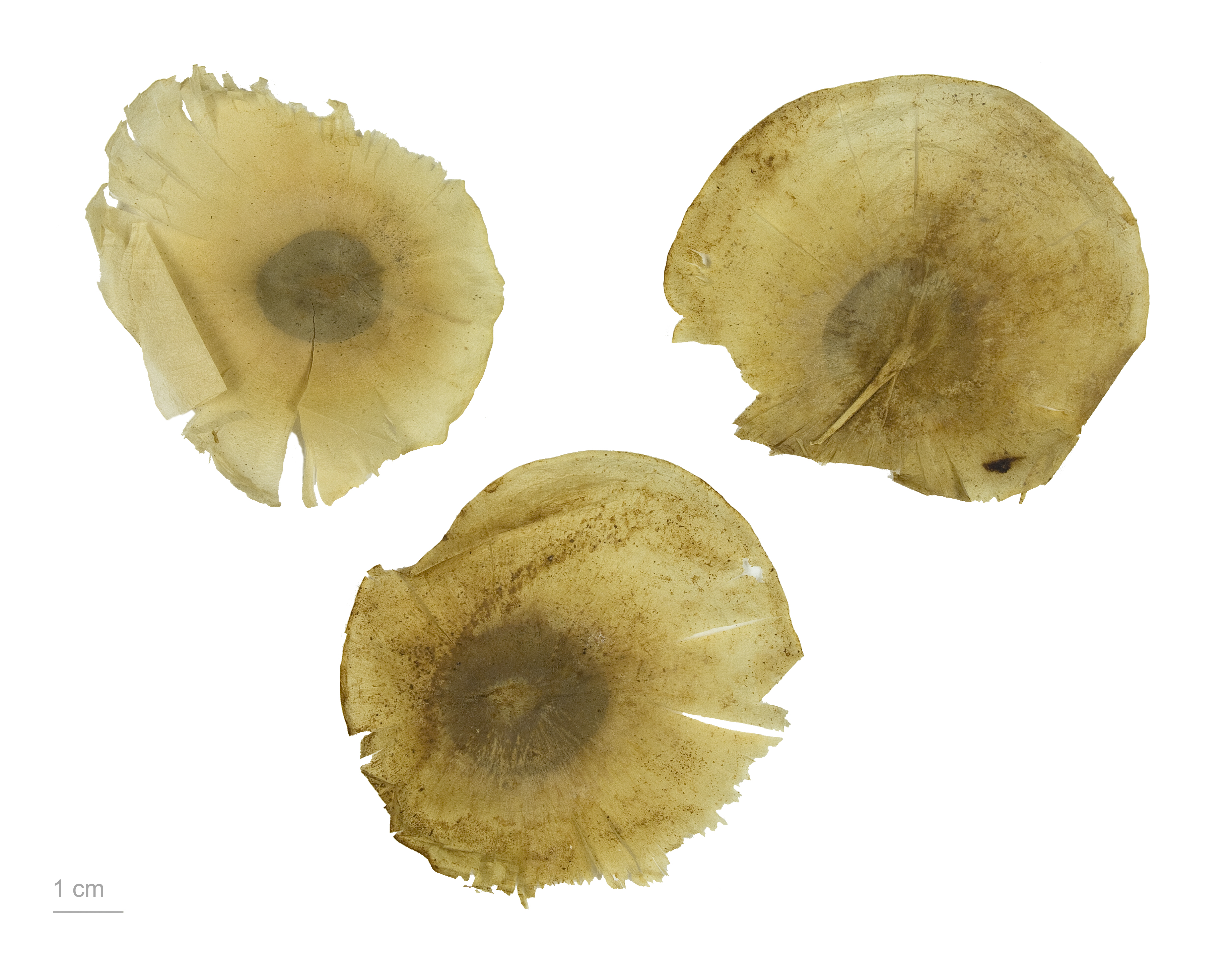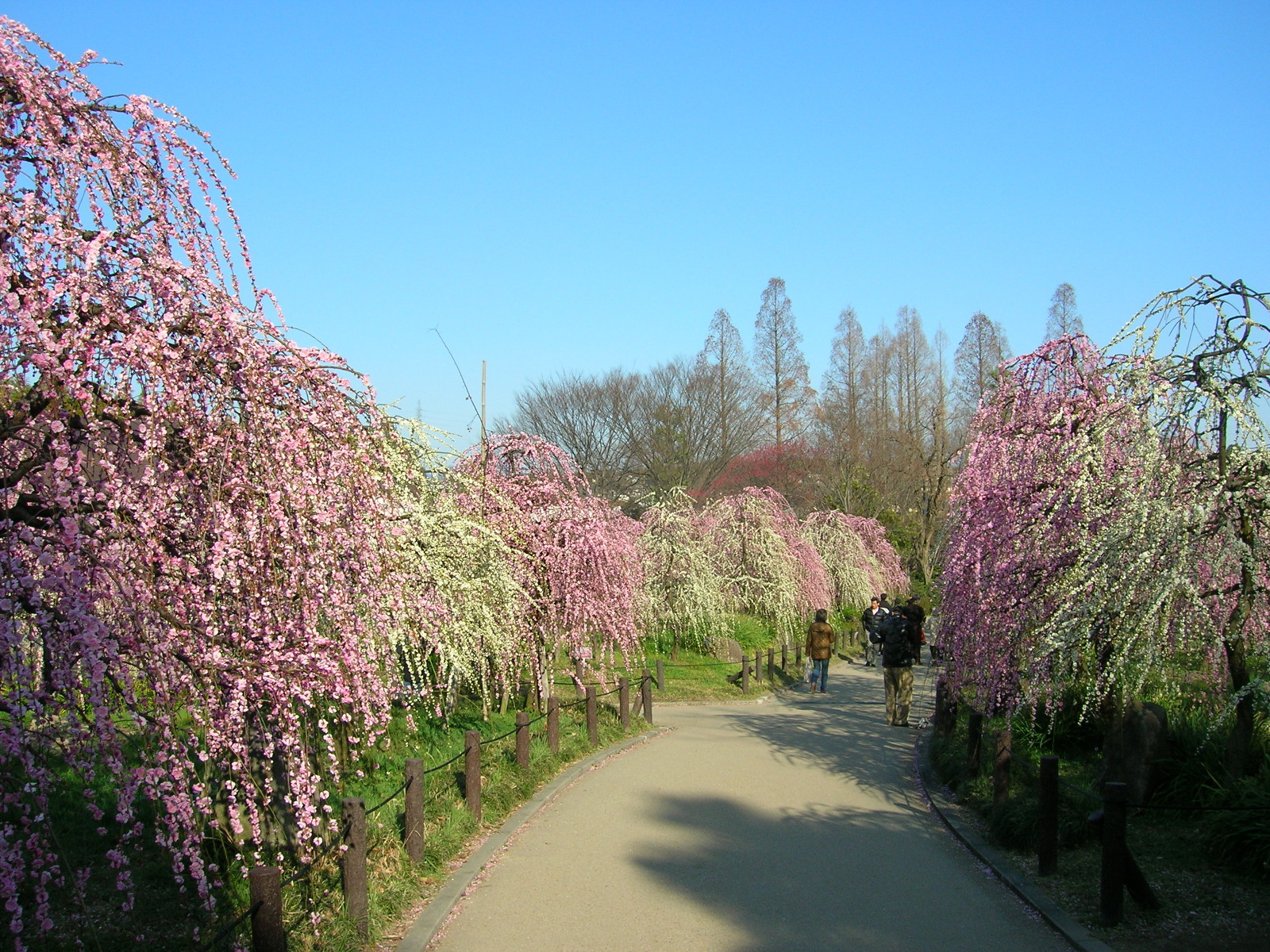|
Aspidosperma Quebracho-blanco 'Pendula'
''Aspidosperma quebracho-blanco'' 'Pendula', or weeping white quebracho, is a weeping tree and a cultivar of ''Aspidosperma quebracho-blanco'', the White Quebracho. It was first described by Spegazzini from Santiago del Estero, Argentina in 1910. No trees are known to survive of this cultivar. Description A weeping tree Weeping trees are trees characterized by soft, limp twigs. This characterization may lead to a bent crown and pendulous branches that can cascade to the ground. While weepyness occurs in nature, most weeping trees are cultivars. Because of their ... with a leader and with arching branches hanging down. Accessions This cultivar does not seem to have been cultivated outside Argentina. It was first found in a natural population. No trees are known to survive though it may still occur wild. Synonymy *''Aspidosperma quebracho-blanco'' var. ''pendula'' Speg. (1910) Govaerts, R., Michielsen, K. & Jablonski, E. (2011). Untraced Weeping Broadleaf cultivars: an overvi ... [...More Info...] [...Related Items...] OR: [Wikipedia] [Google] [Baidu] |
Aspidosperma
''Aspidosperma'' is a genus of flowering plant in the family Apocynaceae, first described as a genus in 1824. It is native to South America, Central America, southern Mexico, and the West Indies The West Indies is a subregion of North America, surrounded by the North Atlantic Ocean and the Caribbean Sea that includes 13 independent island countries and 18 dependencies and other territories in three major archipelagos: the Greater A .... ;Species References Apocynaceae genera {{Apocynaceae-stub ...[...More Info...] [...Related Items...] OR: [Wikipedia] [Google] [Baidu] |
Weeping Tree
Weeping trees are trees characterized by soft, limp twigs. This characterization may lead to a bent crown and pendulous branches that can cascade to the ground. While weepyness occurs in nature, most weeping trees are cultivars. Because of their shape, weeping trees are popular in landscaping; generally they need a lot of space and are solitary so that their effect is more pronounced. There are over a hundred different types of weeping trees. Some trees, such as the cherry, have a variety of weeping cultivars. There are currently around 550 weeping cultivars in 75 different genera, although many have now disappeared from cultivation.Govaerts, R., Jablonski, E. & Michielsen, K. (2009). Hänge- oder Trauerformen von Gehölzen - unauffindbare Sorten - vielleicht wissen Sie etwas darüber ? Ginkgobätter 116: 24-27. List of weeping trees Weeping conifers * ''Cedrus atlantica'' 'Glauca Pendula', Weeping Blue Atlas Cedar * '' Cupressus nootkatensis'' 'Pendula', Weeping Nootka Cypress ... [...More Info...] [...Related Items...] OR: [Wikipedia] [Google] [Baidu] |
Cultivar
A cultivar is a type of cultivated plant that people have selected for desired traits and when propagated retain those traits. Methods used to propagate cultivars include: division, root and stem cuttings, offsets, grafting, tissue culture, or carefully controlled seed production. Most cultivars arise from purposeful human manipulation, but some originate from wild plants that have distinctive characteristics. Cultivar names are chosen according to rules of the International Code of Nomenclature for Cultivated Plants (ICNCP), and not all cultivated plants qualify as cultivars. Horticulturists generally believe the word ''cultivar''''Cultivar'' () has two meanings, as explained in ''Formal definition'': it is a classification category and a taxonomic unit within the category. When referring to a taxon, the word does not apply to an individual plant but to all plants that share the unique characteristics that define the cultivar. was coined as a term meaning "cultivated variety ... [...More Info...] [...Related Items...] OR: [Wikipedia] [Google] [Baidu] |
Aspidosperma Quebracho-blanco
''Aspidosperma quebracho-blanco'', commonly known as Quebracho blanco, kebrako, or white quebracho, is a South American tree species, native to Brazil, northern Argentina, Bolivia, Paraguay, and Uruguay. It must not be confused with other species also known as '' quebracho'', but belonging to the genus ''Schinopsis''. Description ''Aspidosperma quebracho-blanco'' is an evergreen tree. It reaches 20 to 30 meters in height in the Humid Chaco, and 8 to 12 meters in the Dry Chaco. The foliage is sclerophyllous. Habitat and range ''Aspidosperma quebracho-blanco'' is generally found in dry deciduous forests, where it grows on clay soils. It is most common in the Gran Chaco, Humid Chaco, Argentine Espinal, and Bolivian montane dry forests ecoregions of Paraguay, Argentina, Bolivia, and Brazil. Its range extends to adjacent ecoregions, including the Uruguayan savanna, Paraná flooded savanna, Southern Cone Mesopotamian savanna, Southern Andean Yungas, Cerrado, Pantanal, Central Andean ... [...More Info...] [...Related Items...] OR: [Wikipedia] [Google] [Baidu] |
Santiago Del Estero
Santiago del Estero (, Spanish for ''Saint-James-Upon-The-Lagoon'') is the capital of Santiago del Estero Province in northern Argentina. It has a population of 252,192 inhabitants, () making it the twelfth largest city in the country, with a surface area of 2,116 km². It lies on the Dulce River and on National Route 9, at a distance of 1,042 km north-northwest from Buenos Aires. Estimated to be 455 years old, Santiago del Estero was the first city founded by Spanish settlers in the territory that is now Argentina. As such, it is nicknamed "Madre de Ciudades" (Mother of Cities). Similarly, it has been officially declared the "mother of cities and cradle of folklore." The city houses the National University of Santiago del Estero, founded in 1973, and the ''Universidad Católica'', founded in 1960. Other points of interest include the city's Cathedral, the Santo Domingo Convent, and the Provincial Archeology Museum. The Santiago del Estero Airport is located 6 kilome ... [...More Info...] [...Related Items...] OR: [Wikipedia] [Google] [Baidu] |
Extinct Cultivars
Extinction is the termination of a kind of organism or of a group of kinds (taxon), usually a species. The moment of extinction is generally considered to be the death of the last individual of the species, although the capacity to breed and recover may have been lost before this point. Because a species' potential range may be very large, determining this moment is difficult, and is usually done retrospectively. This difficulty leads to phenomena such as Lazarus taxa, where a species presumed extinct abruptly "reappears" (typically in the fossil record) after a period of apparent absence. More than 99% of all species that ever lived on Earth, amounting to over five billion species, are estimated to have died out. It is estimated that there are currently around 8.7 million species of eukaryote globally, and possibly many times more if microorganisms, like bacteria, are included. Notable extinct animal species include non-avian dinosaurs, saber-toothed cats, dodos, m ... [...More Info...] [...Related Items...] OR: [Wikipedia] [Google] [Baidu] |
Garden Plants Of South America
A garden is a planned space, usually outdoors, set aside for the cultivation, display, and enjoyment of plants and other forms of nature. The single feature identifying even the wildest wild garden is ''control''. The garden can incorporate both natural and artificial materials. Gardens often have design features including statuary, follies, pergolas, trellises, stumperies, dry creek beds, and water features such as fountains, ponds (with or without fish), waterfalls or creeks. Some gardens are for ornamental purposes only, while others also produce food crops, sometimes in separate areas, or sometimes intermixed with the ornamental plants. Food-producing gardens are distinguished from farms by their smaller scale, more labor-intensive methods, and their purpose (enjoyment of a hobby or self-sustenance rather than producing for sale, as in a market garden). Flower gardens combine plants of different heights, colors, textures, and fragrances to create interest and delight the se ... [...More Info...] [...Related Items...] OR: [Wikipedia] [Google] [Baidu] |
Weeping Trees
Weeping may refer to: * The human act of crying (also see wailing (other)) * The seeping of an open or healing wound, either of serum or pus, sometimes accompanied by a strong smell * A growth form in plants with pendulous, draping branches, most often associated with weeping willow ''Salix babylonica'' (Babylon willow or weeping willow; ) is a species of willow native to dry areas of northern China, but cultivated for millennia elsewhere in Asia, being traded along the Silk Road to southwest Asia and Europe.Flora of China' ... trees * " Weeping", an anti-apartheid protest song {{disambig ... [...More Info...] [...Related Items...] OR: [Wikipedia] [Google] [Baidu] |


.jpg)

.jpg)
